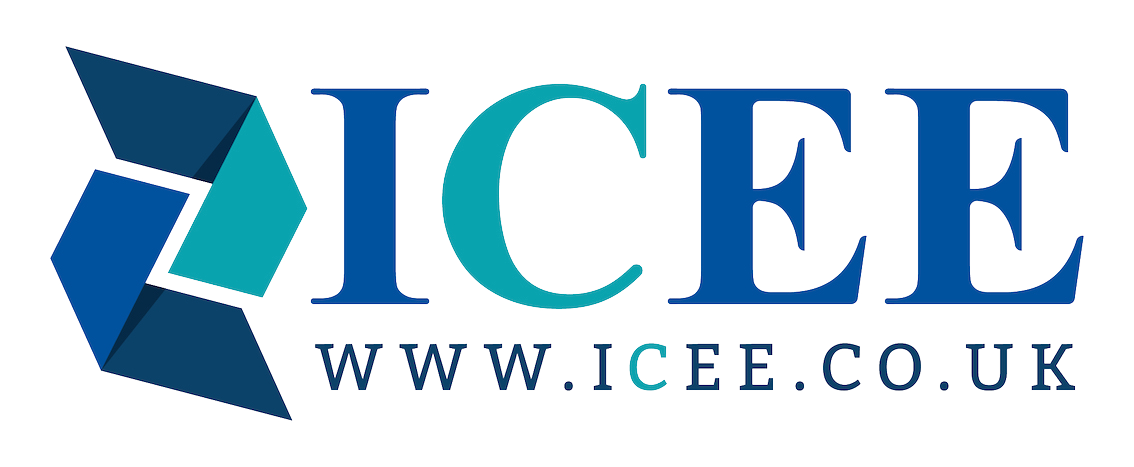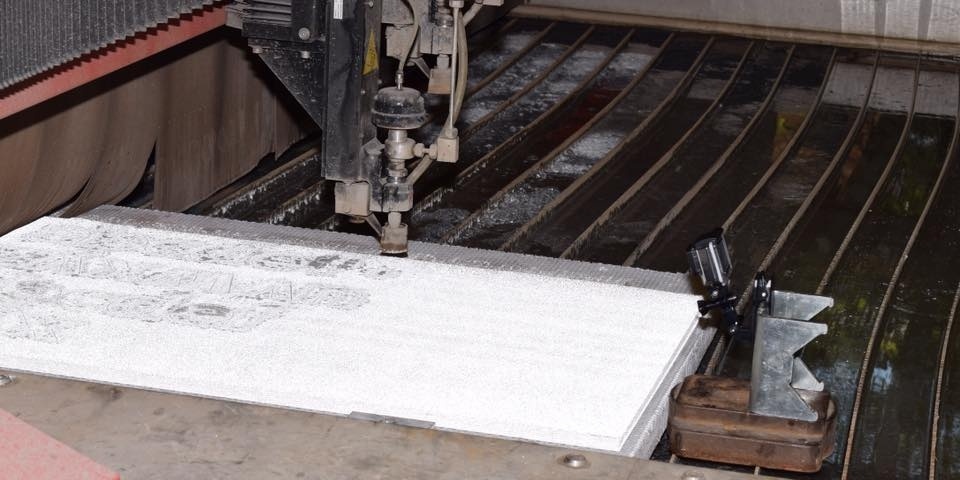In last 20 years the development of waterjet cutting technology has significantly advanced, proving the method to be one of the fastest growing, non-traditional tool processes on the market. There are many reasons for this, but the most important of all is the high level of efficiency and production capabilities of waterjet cutting.
Waterjet cutting has great advantages of geometric and material flexibility and its ability to cut hard-to-machine materials has made the technology popular across a wide range of industry sectors. With the waterjet process, near net-shape production becomes feasible and the time necessary for secondary operations such as clamping or tool changing is significantly reduced. This allows, therefore, for the optimisation of the overall manufacturing process chain, which in return results in reduced lead times for clients and cost per component.
From pressure and velocity to multi-stacking of materials and elimination of a number profiling processes, there are many different aspects of the higher level of efficiency of waterjet cutting compared to other profiling techniques. Let’s look at these into more detail.
Elements of waterjet cutting’s efficiency
Pressure
Speeding up the process of cutting and reducing the cost per inch comes as a result of increasing the waterjet pressure. Just as increasing wattage improves CO2 laser cutting productivity, increasing pressure significantly increases waterjet’s productivity. Running continuously at high pressures, the abrasive cost falls to less than half and pierce time is dramatically reduced, leading to shorter cycle times, hence more parts produced per hour and lower cost for the client.
Velocity
Efficiency can be defined in many different ways. In waterjet technology, a jet is considered more efficient if it cuts faster at a lower cost for the input of power. As the pressure goes up, the speed of the stream increases. Once the stream exits the orifice, it’s all about velocity. The faster the stream, the quicker the abrasive cuts.
Multi-stacking of materials
Multi-stacking is another aspect that can reduce production time and increase the efficiency of the method. While you may lose some precision the higher the material is stacked, you will certainly gain cutting speed. Depending on material and geometry, the optimal stack height ranges from about ¼” to ½” (6 to 13 mm).
What profiling processes does waterjet cutting take away?
Waterjet cutting in comparison to other cutting techniques is more efficient and less expensive due to the fact that it takes away a number of profiling processes. These include:
- Milling
Defending on the final product requirement milling could be taken away as a process, however, this is not always the case and waterjet tends to compliment the process. Milling is the most common form of machining. It’s a material removal process, which can create a variety of features on a part by cutting away the unwanted material.
The milling process requires a milling machine, a workpiece, fixture and cutter. The workpiece is a piece of pre-shaped material that is secured to the fixture, which itself is attached to a platform inside the milling machine. The cutter is a cutting tool with sharp teeth that is also secured in the milling machine and rotates at high speeds. By feeding the workpiece into the rotating cutter, material is cut away from this workpiece in the form of small chips to create the desired shape.
Due to the cold cutting of the technique, no hardening of the material edges is produced, which tends to require milling to finish the piece, and is often the case when it comes to plasma and laser cutting.
- Grinding
A grinding machine, often shortened to grinder, entails any of the various power tools or machine tools used for grinding; a type of machining using an abrasive wheel as the cutting tool. Each grain of abrasive on the wheel’s surface cuts a small chip off from the workpiece via shear deformation.
Another, advantage of waterjet is that its 3D head can add bevels ready for welding, as well as deliver clean cut edges with no Burr.
Advantages of waterjet cutting
Waterjet cutting has a number of aspects that make it the preferred cutting technique for a wide range of applications, the method is extremely popular within the aerospace, medical and signage composite applications. Some of the many advantages that waterjet has include:
- Almost no heat input in the component through the cutting jet
- No structural changes in the material, such as increased hardness and micro fissures, reducing the need for additional processes, such as milling
- High machining accuracy and surface quality at the cutting edge
- No pollutants created during the cutting process
- No change to the structure of the material allows for it to be welded straight of the machine with no need for cleaning / grinding of the weld edges
- Accuracy with the 3D head tolerances from top to bottom
If you’re unsure whether waterjet cutting is the right method for you or simply want to find out more, download our free and comprehensive eBook ‘An engineer’s guide to waterjet cutting’ that will provide you with the finer knowledge necessary to determine whether this is the right technique for your needs.

